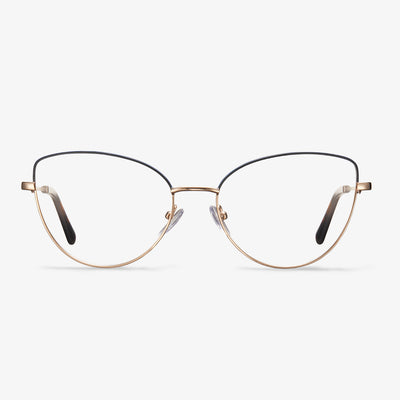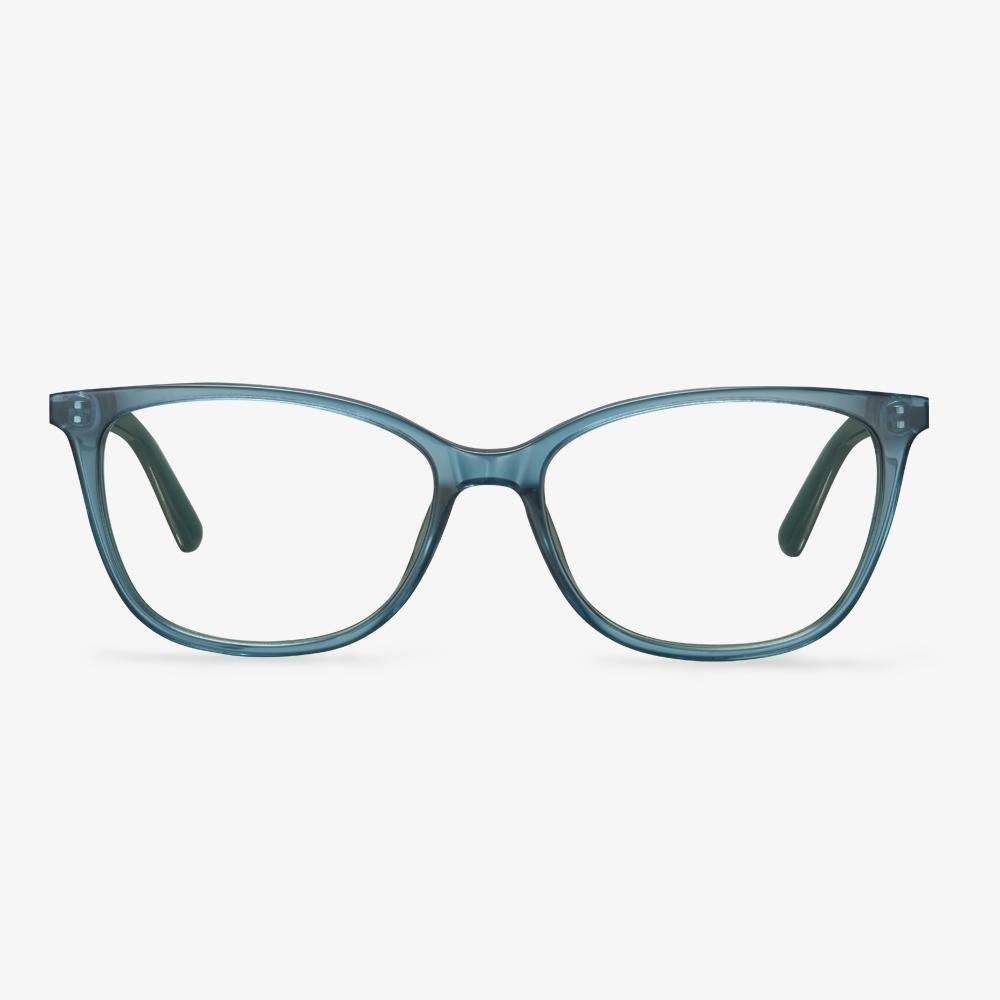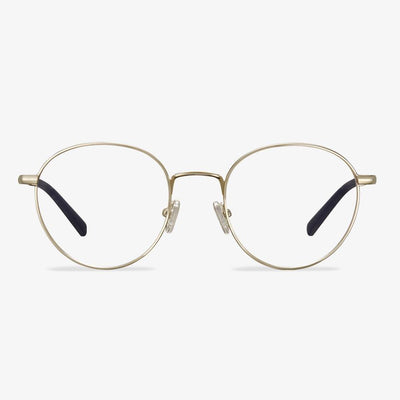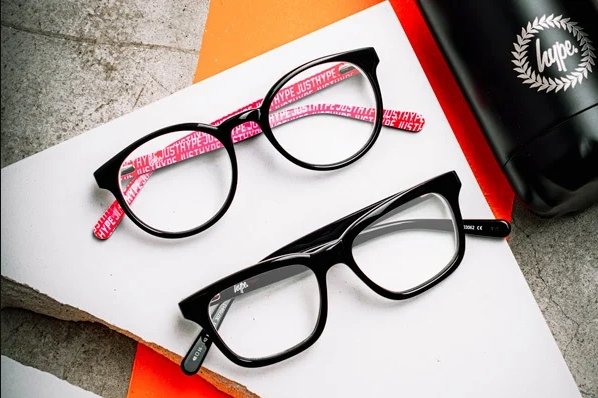What are night driving glasses?
Night driving glasses are usually non-prescription glasses with yellow lenses and can be bought in many optical stores or online. Lenses range in color from light yellow to amber, and some night driving glasses have an anti-reflective coating. The yellow night driving glasses have been manufactured and sold for decades. They were originally sold to hunters as shooting glasses because they gave birds a sharper contrast to the sky on overcast or overcast days.
About the Eyeglasses Depot
EyeglassesDepot.com was founded in 2007 as a new division of our retail designer glasses and sunglasses business. Two laboratory technicians have over 17 years of profession in the field of optometry, eyewear repair, and eyewear sales. The target is to repair more and more glasses and bring them back to life. They include sunglasses and glasses repairing to restore their natural beauty.
Why do you need low bridge glasses?
The glasses always slide in front of the nose. No one wants to keep putting their glasses back in place, especially in a conversation. Your glasses will slide down your nose, in other words, they won't sit on the bridge of your nose, and the frames will hit your cheeks, which may give you a cheek rash. The glasses move when you smile or laugh. The lenses rub against your eyes/eyelashes.
Benefits of wearing blue light blocking glasses
-
Use blue light blocking glasses to relieve eye discomfort.
Excessive use of the device can cause computer vision syndrome or digital eye fatigue. Glasses with blue light filtering technology can enhance your concentration and reduce eye fatigue, thereby making your eyes feel less tired and improving work efficiency. Another way to reduce eye strain is to ensure that you stay away from the screen regularly.
-
Sleep better with blue light blocking glasses
One of the more surprising effects of touching the screen is that it may have a negative effect on sleep patterns. Blue light has a high energy frequency, which can increase alertness and delay the body's release of melatonin, which helps induce sleep. Generally speaking, we should all avoid using Blu-ray devices one to two hours before going to bed. Anti-blue light glasses can reduce the impact of blue light, allowing you to use your device before going to bed and still have a good night's sleep. However, the best option is to put down the screen before going to bed.
-
Reduce the possibility of AMD
Age-related macular degeneration (AMD) is the main cause of blindness. Anti-blue light lenses can help avoid or delay this situation by preventing blue light from affecting your eyes.
Computers, TVs, mobile phones, and tablets all emit blue light. Even with long-term exposure, the blue light emitted by these devices may not be enough to cause damage to the eyes or vision. However, further research is needed to confirm whether the blue light emitted from these devices is harmful. Experts are also uncertain whether blue light glasses can help symptoms associated with increased screen exposure. Ophthalmologists suggest that eye fatigue, headaches, and lack of sleep may be related to computer vision syndrome, rather than blue light exposure. For eye health, wearing blue light blocking glasses is not enough, we still have to develop good eye habits.
What Are Polycarbonate Glasses?
Polycarbonate was developed in the 1970s for aerospace applications and is currently used for the helmet visors of astronauts and for space shuttle windscreens.
Polycarbonate lenses were introduced in the early 1980s in response to a demand for lightweight, impact-resistance lenses. Since then, polycarbonate glasses have become standard for safety glasses, sports goggles and children’s eyewear.
Polycarbonate glasses are thinner and lighter than regular plastic lenses. They also provide 100 percent UV protection and are up to 10 times more impact-resistance than plastic or glasses lenses.
In addition, Polycarbonate lens provides clearer and more comfortable vision if anti-reflective coating is applied to the lenses, which can eliminate distracting lens reflections that interfere with vision, particularly when driving at night or in other low-light conditions when glare sources are present.
After learning some basic information about polycarbonate glasses, we will show you the advantages and disadvantages of polycarbonate lens.
The development of glasses
In 1451, Nicholas of Cusa of Germany invented a lens that was thinner in the middle and thicker at the end to help short-sighted people. In 1727, Edward Scarlett, an English optician, invented modern frames that could be worn over ears and noses. Benjamin Franklin, an American scientist, and philosopher invented bifocals, which divide the lenses into far and near parts. The two lenses are held together by a metal frame. Frame construction has improved over the centuries, and today frames have come in different kinds of styles and designs. Unbreakable lenses were invented in 1955, and in 1971 a new type of lens combining plastic and glass properties was invented.
Do not wear blue light blocking glasses for a long time.
Blue light from the screen of electronic products directly enters our eyes. It has high energy and is close to our eyes, so it is more harmful to our eyes. This is why we should prevent electronic products. From the original intention of the blue light glasses, blue light glasses are for us to wear when using electronic products, not all day long. Therefore, if your child is not using electronic devices, it is recommended not to wear blue light glasses.











































